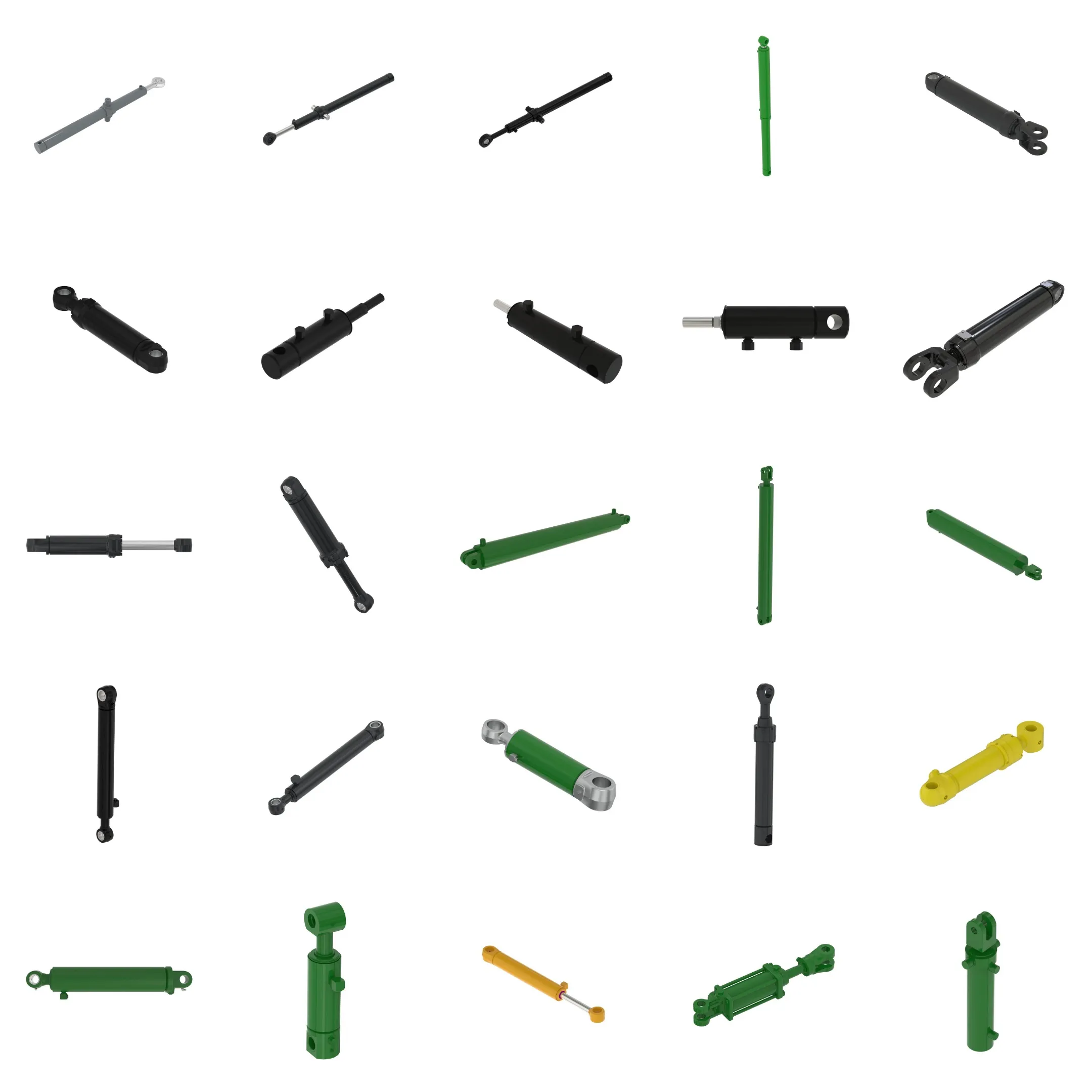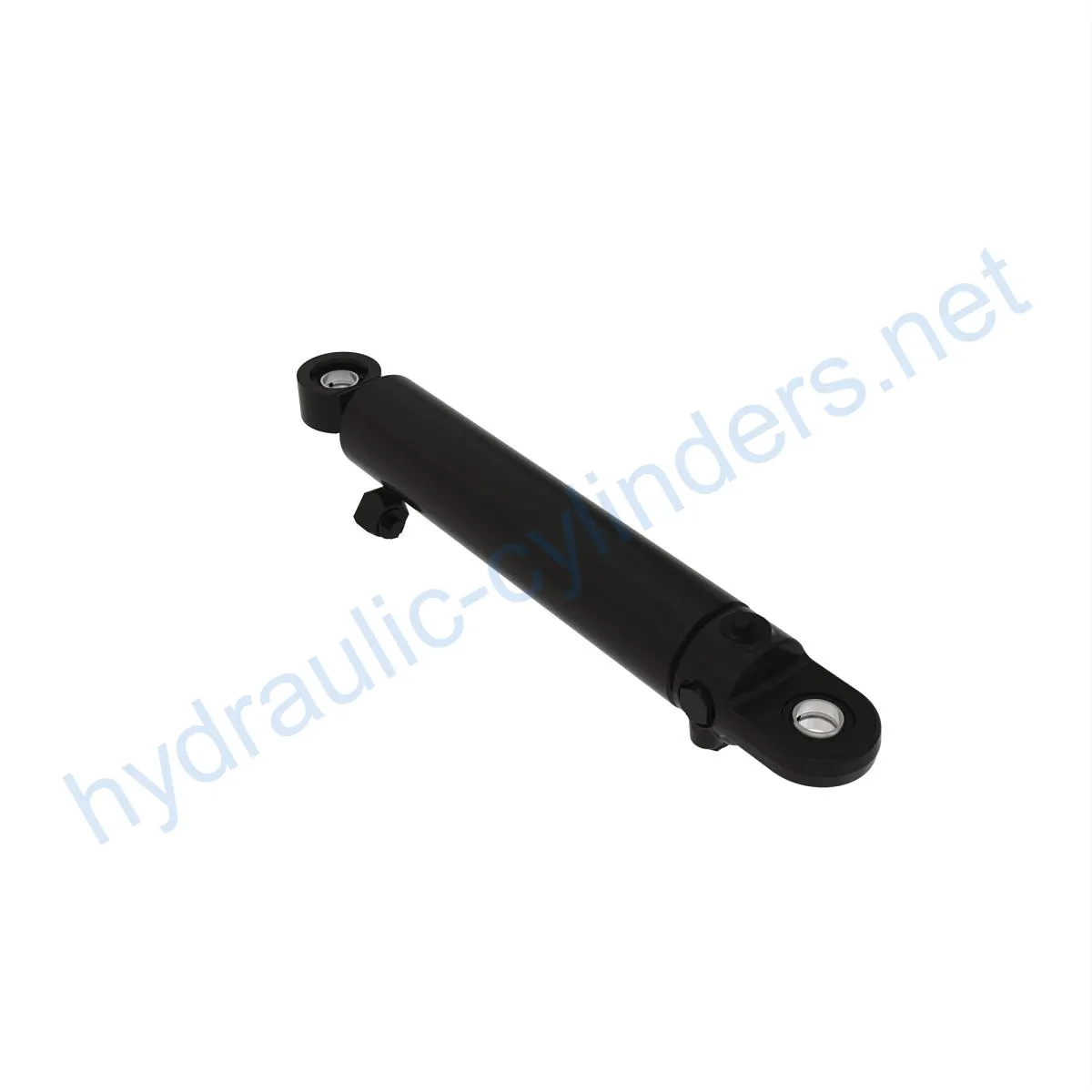Replacement Of AHC17745 Hydraulic Cylinder
Som en av produsentene, leverandørene og eksportørene av mekaniske produkter tilbyr vi hydrauliske sylindere og mange andre produkter.
Ta kontakt med oss for mer informasjon.
Post:sales@hydraulic-cylinders.net
Produsent, leverandør og eksportør av hydrauliske sylindere.
Replacement Of AHC17745 Hydraulic Cylinder
First, let’s introduce the product and define what this hydraulic cylinder is and its purpose. The Replacement Of AHC17745 Hydraulic Cylinder is a crucial component used in various machines and equipment to provide hydraulic power for lifting, pushing, and pulling tasks.
Specifications
- Weight: 20.65 lb
- Height: 3.5 in
- Width: 5 in
- Length: 22 in
Model: 3520
Now, let’s delve into the features of this hydraulic cylinder:
- Improved Equipment Performance: Replacing damaged or worn hydraulic cylinders can restore the normal operation capability of the equipment and ensure its performance in various applications.
- Enhanced Safety: Regularly replacing hydraulic cylinders can reduce safety hazards caused by cylinder failures, ensuring the safety of operators and equipment.
- Overload Protection: New cylinder designs often incorporate better overload protection mechanisms, enhancing safety.
- Quick Installation: Modern hydraulic cylinders are designed for easy installation and replacement, minimizing downtime.
- Standardized Components: Many hydraulic cylinders are standardized products, making it easier to obtain replacement parts in the market.
Moreover, we can produce this product, and our cylinders are perfect replacements for the ones being replaced.
Let’s now explore some application scenarios for this hydraulic cylinder:
- Excavators: Hydraulic cylinders in the boom or bucket of an excavator may get damaged due to prolonged use or overload, requiring replacement to restore normal operation.
- Cranes: Hydraulic cylinders in a crane’s lifting boom are susceptible to wear during frequent lifting and lowering processes, necessitating regular replacements to ensure safety.
- Tractors: Hydraulic cylinders in front-end loaders of tractors may develop leaks or decreased performance during constant lifting and tilting operations, requiring replacements.
- Harvesters: The hydraulic system undergoes high pressure during harvesting, and fatigue can lead to cylinder damage, necessitating timely replacements to maintain work efficiency.
- Automated Production Lines: Hydraulic cylinders are used to control robotic arms and other automated equipment. Cylinder failures can significantly impact production efficiency and should be promptly replaced.
- Die Casting Machines: Hydraulic cylinders in die casting machines may experience performance degradation under high pressure and temperature. Regular replacements ensure product quality.
- Mining Equipment: Hydraulic cylinders are used for lifting and moving heavy loads in mining equipment. Due to the harsh working environment, regular inspections and replacements are necessary to avoid equipment failures.
- Bulldozers: Worn hydraulic cylinders on the blade of a bulldozer can decrease its pushing ability, requiring timely replacements to maintain operational efficiency.
Next, let’s discuss some common maintenance tasks:
- Regular Inspections: Periodically inspect the hydraulic cylinder for any signs of damage, leaks, or abnormal performance.
- Proper Lubrication: Apply appropriate lubrication to ensure smooth movement and prevent excessive wear.
- Seal Replacement and Calibration Checks: Replace worn seals and perform calibration checks to maintain optimal performance and prevent leaks.
During installation, it is important to provide proper alignment guidance and recommend the use of suitable installation brackets to secure the cylinder. We also offer inspection, repair, and replacement procedures, as well as parts replacement and rebuilding services to extend the lifespan of your hydraulic cylinder.
Safety considerations and environmental factors are also crucial when working with hydraulic cylinders. Following safety measures when using hydraulic equipment is essential to prevent accidents and ensure the well-being of operators and the surrounding environment.
Now let’s address common troubleshooting and frequently asked questions:
- Excessive Leakage: If the hydraulic cylinder is experiencing excessive leakage, it may be due to worn seals or damaged components. Check and replace the seals or contact our technical support for further assistance.
- Slow Cylinder Operation: Slow operation can be caused by insufficient hydraulic fluid, clogged filters, or internal cylinder damage. Check the fluid levels, replace filters if necessary, and inspect the cylinder for any potential issues.
- Noise or Vibration: Unusual noise or vibration during operation can indicate misalignment, loose components, or internal damage. Ensure proper alignment and tighten any loose connections. If the issue persists, consult our troubleshooting guide or contact our technical support.
For troubleshooting, we recommend following our tips and solutions to effectively diagnose and resolve issues. Furthermore, we provide preventive measures to minimize potential problems.

Let’s now discuss the design considerations and selection criteria for this hydraulic cylinder:
- Load-Bearing Capacity: The hydraulic cylinder should be able to withstand the maximum load it will encounter during operation.
- Sealing Capability: The cylinder should have reliable sealing mechanisms to prevent leaks and ensure optimal performance.
- Durability: The materials and construction of the cylinder should be durable enough to withstand the operating conditions and provide long-lasting performance.
- Safety: Considerations such as overload protection features and safety certifications should be taken into account during the design and selection process.
- Maintainability: The cylinder should be designed for easy maintenance, with accessible components and clear instructions for repairs or replacements.
When it comes to sealing and lubrication, various sealing elements such as piston seals and rod seals should be used. These seals should be made of wear-resistant materials like polyurethane or nitrile rubber. The cylinder body and threaded ends should undergo fine treatments to improve wear resistance. It is important to regularly apply the appropriate amount of hydraulic oil for lubrication.
Regular inspections and preventive maintenance measures are critical to ensure the longevity and reliable performance of the hydraulic cylinder. Follow the recommended inspection, lubrication, seal replacement, and calibration check procedures. Proper installation, lubrication, and adjustment are essential for optimal performance and longevity. Use the correct alignment techniques during installation and consider using suitable mounting brackets to secure the cylinder.

Finally, let’s highlight our company:
We are a leading manufacturer and wholesale distributor of replacement hydraulic cylinders, offering a comprehensive range of products. Our company holds a prominent position in both domestic and international markets.
We take pride in our professionalism, international certifications, customizability, advanced production equipment, and outstanding after-sales services.

Remember to organize the article logically, use subheadings for easy navigation, incorporate relevant images or charts to enhance understanding, and ensure content clarity, conciseness, and suitability for readers with varying levels of technical knowledge.
Author: lyl
Take a Tour of Our VR Factory:
Take a tour of our VR factory with the following
Hydraulic Cylinder Application:


